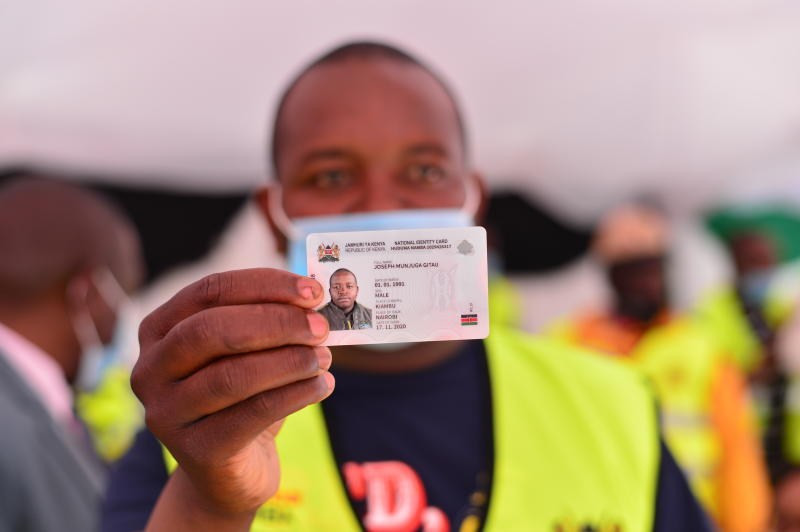- The Maisha card, introduced in late 2023, consolidates all sorts of personal identification into one digital entity, promising ease and efficiency.
The Kenyan government's introduction of the Maisha card to replace traditional National Identification cards has been touted as some sort of revolution into a digital future. At the core, however, it masks a set of concerns that warrant critical examination.
Of these is the shift to a digital ID system, which apparently appears very innovative on its face but creates pertinent concerns with regard to privacy and accessibility, besides questioning whether the necessary infrastructure is available within the country.
The Maisha card, introduced in late 2023, consolidates all sorts of personal identification into one digital entity, promising ease and efficiency. It was there, accentuating the risks of such a case if data is breached or misused. As it is, Kenya's record on cybersecurity and data protection is nothing to write home about, and this initiative might be second-guessing a horse with a cart.
Since the digital ID system is underpinned by strong cybersecurity measures and data protection laws, it will not compromise the safety of its holders. Without good guards, the Maisha card may expose millions of Kenyans to identity theft and other cybercrimes.
The government should develop comprehensive data protection regulations and have state-of-the-art cybersecurity infrastructure before engaging in any such ambitious project.
Read More
This extreme dependence on digital technology could inadvertently deepen the digital divide in Kenya with a Maisha card. Linux cities with better internet connectivity and technological infrastructure would quickly adjust to this.
On the other hand, rural regions, including slums or other areas with less technology, may find adaptation very difficult, causing a divide. This digital divide could excite existing inequalities, thus further marginalising vulnerable populations.
Moreover, the shift to the Maisha card represents a degree of digital literacy that most Kenyans probably lack. Without education and support, this new system would have excluded segments of the population from key services. The government should address the inequalities through investment in digital literacy programs and infrastructure building across the country.
Kenya's infrastructure is not ready for a countrywide digital ID system. The Maisha card, for example, requires dependable internet access, powerful network coverage, and working digital systems across the country. These are unequally available: to put it at its most polite, many rural areas lack basic connectivity.
The Maisha card will require massive investments in infrastructural development and subsequent constant maintenance to guarantee its reliability. Without these, the system could go down quite frequently due to technical problems, undermining its importance and public confidence.
While easing access to services, the Maisha card could readily become a tool for exclusion and control. With this type of centralised data in a country where political and ethnic tensions can flare up at any time, there is a likelihood that it could be used to support some discriminatory practices.
The government should spell out clear and transparent guidelines regarding how such misapplication will be avoided and ensure that the system works toward inclusiveness, not division.
Introducing the Maisha card is a milestone in digitising Kenya's identification system. Fast-tracking such a system while dusting off critical issues on privacy, accessibility, infrastructure, and possible abuse is not very palatable.
The Kenyan government should ensure adequate safeguards to secure citizen data, bridge the digital divide, and build necessary infrastructure before any digital makeover. If those safeguards do not exist, Maisha Card risks becoming a digital misstep as opposed to a digital leap.




-1766009103-md.jpeg)





-1766009103-sm.jpeg)

